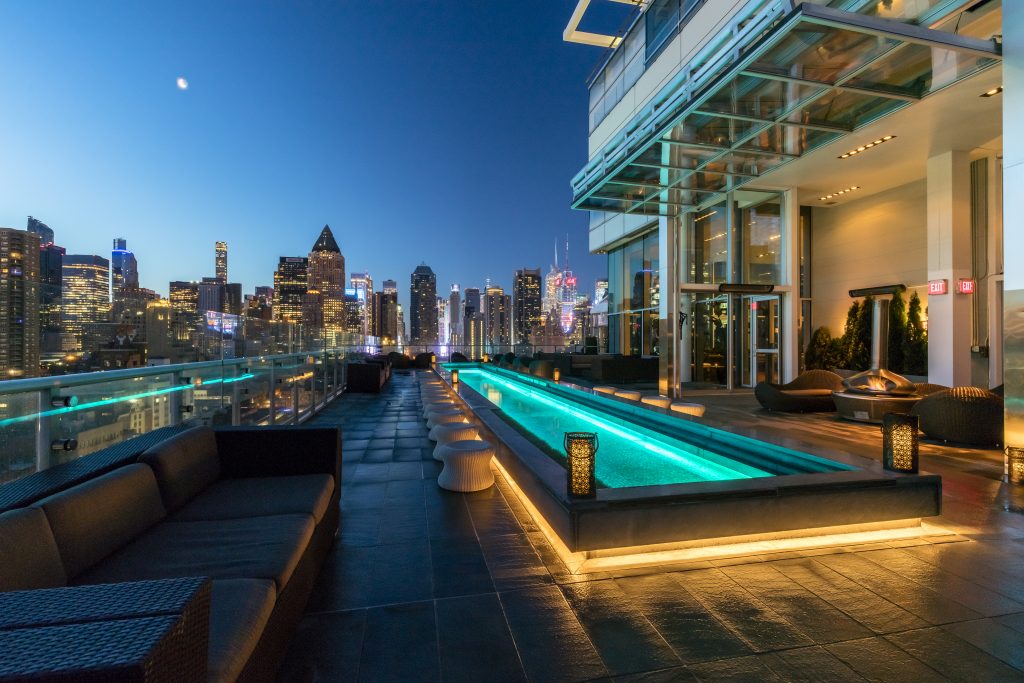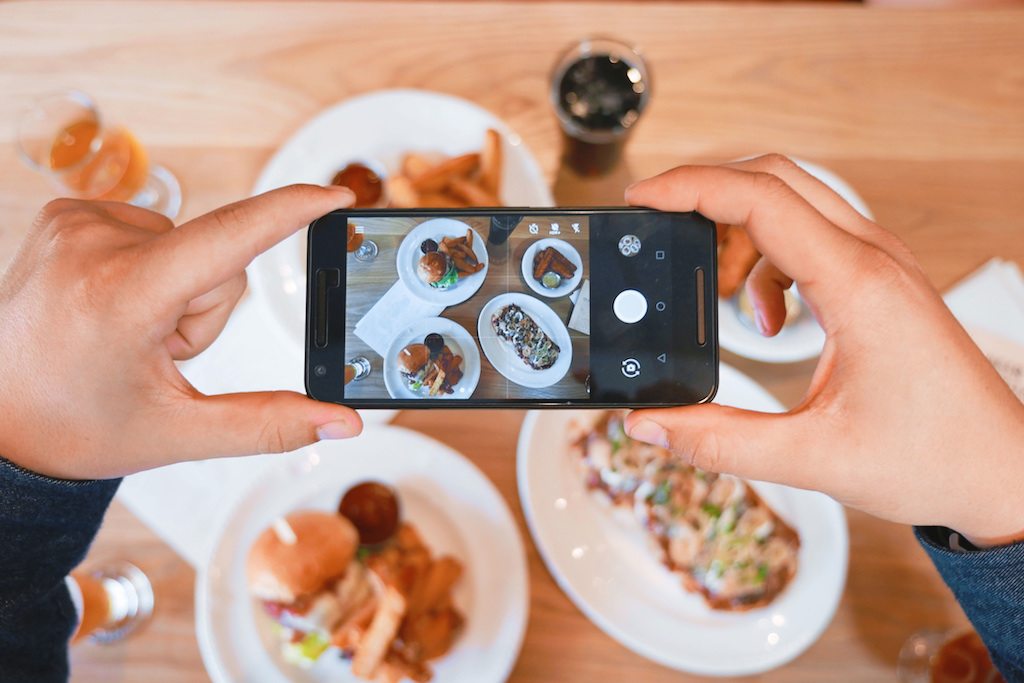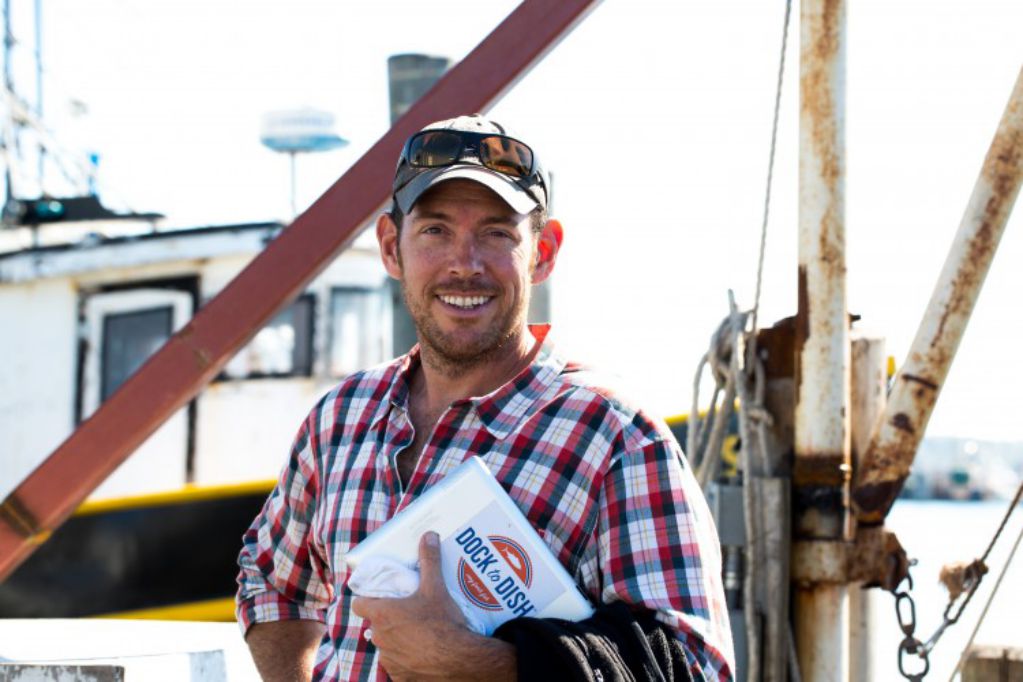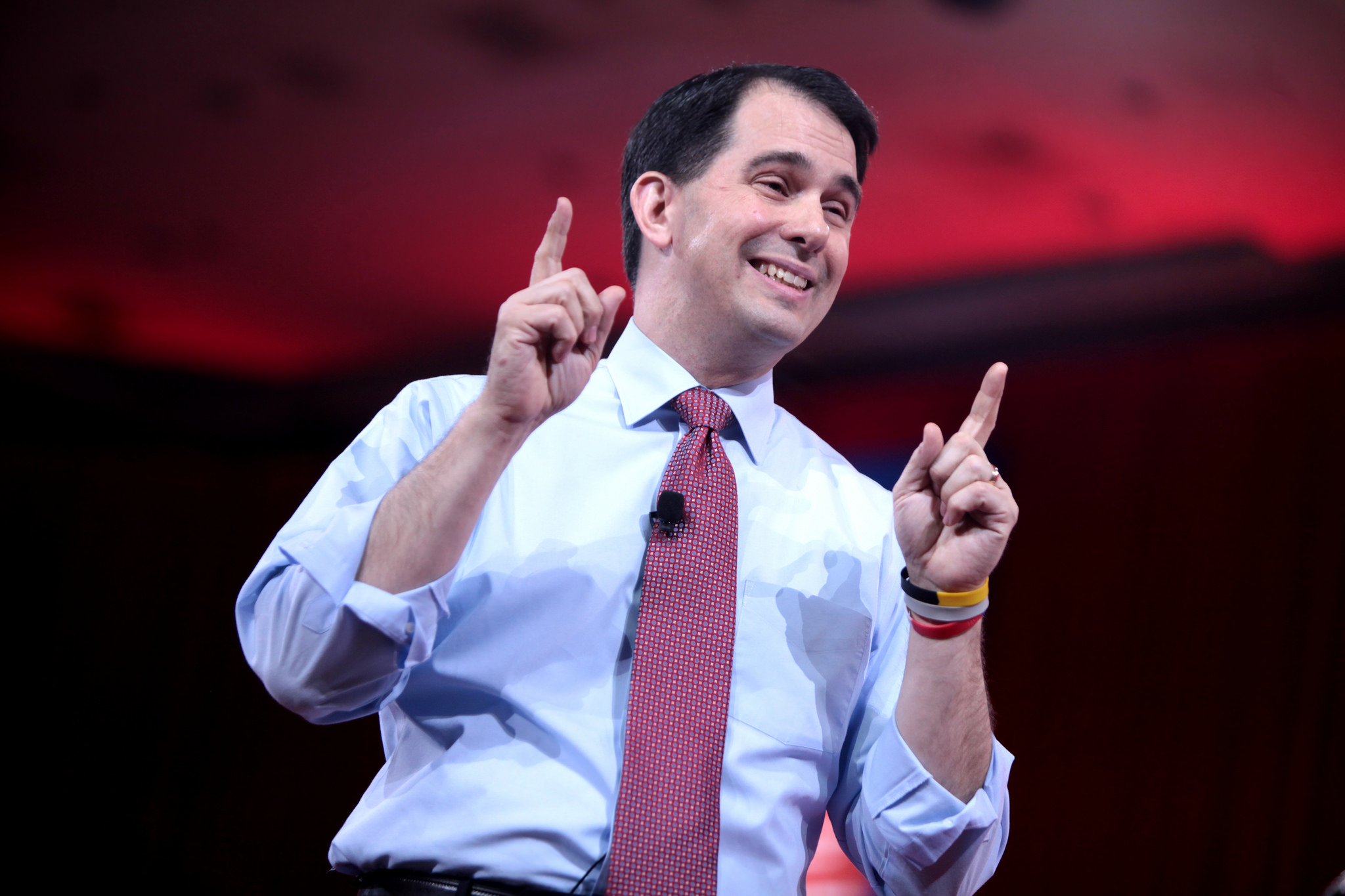
Courtesy of Press Lounge
In the early 1990s, a wave of casino hotel operators in Las Vegas started to double down on big-name chef-owned eateries, luring culinary superstars into their restaurant kitchens with huge sums of cash and unprecedented perks. It was an attempt to save their faltering food and beverage departments, which tend to lose money on every dollar they make in revenue. But it was also a hedge: if big-name chefs couldn’t bring their lobby eateries into the black, at least their presence could justify charging more for rooms. In Part One of this series, I laid out the evolution of these marriages of convenience, and explained why they became a template for similar partnerships that ended in messy divorces. But the question remains: now that the hotel industry realizes big-name chefs won’t fix “food and bev,” what happens next?
Before we talk about the future, let’s extend the metaphor a little further. Yes, many hotel/chef partnerships end in acrimonious divorce. But, less often, the two can manage to make something beautiful together. Perhaps surprisingly, one of the better spouses has turned out to be Adam Block—the restaurant consultant who, as I explained in part one, helped usher in the era of six-figure fees, brokering many of the biggest deals between hotels celebrity chefs. In his past career, Block was a little like the sports agent Scott Boras, a ruthless negotiator who earned his baseball clients bigger and better deals, and in so doing jacked up the going rate for sports superstars. In fact, during our first conversation, Block likened himself to Jerry McGuire. “I represented the guys,” he said, “and I was part of the problem because I enabled them.”
 Courtesy of Print Restaurant
Courtesy of Print Restaurant Block’s Print restaurant in Manhattan is open for breakfast to serve hotel guests
But a man who spurred on an era’s excesses has ultimately chosen to toil in the trenches. Today, Block spends most of his time running the in-house dining program for a single hotel–Ink48, on the far west side of Manhattan. He’s clearly driven to do this work, though I also detect a hint of penitence. So many of the arrangements he brokered were driven by greed and short-term thinking. I get the sense he feels compelled to do the opposite of what happened in Vegas in the 90s: build something lasting, and do it the long, hard way.
When Block was hired to help operate the new hotel Ink48 in 2009, the country was not yet out of its worst recession in decades. The hotel’s location, on 11th Avenue and 48th Street, was not what you’d call happening: it was then an abandoned-feeling stretch of Hell’s Kitchen known as “car dealership row.” The farm-to-table concept Block wanted—a menu that changed daily, with ingredients sourced from local farms—was a logistical liability, one that had not fully caught on as a national trend. And, though Block had worked with some of the best in the business, he was not himself a draw. He had never owned or run a restaurant himself.
Superficially, the partnership seemed like a bad idea. Then again, Block knew as well as anyone what not to do. One of the biggest lessons he learned? If you want a marriage to work, you’d better have a solid pre-nup.
For Block, a hotel restaurant’s success came down to structuring an agreement that is as equitable as possible, while making sure no one pulls too much weight, or too little. That means restaurants should be paying rent—a lot of it—even though that’s something hotels are often willing to offer for free. As I wrote in part one, hotels typically lure chef-restaurateurs with the promise of discounted leases, sometimes as low as $1 annually. It’s an enticing offer, but one that tilts the balance of power steeply towards the hotel—the operator earns a percentage of food and beverage revenues, but it’s really the hotel’s money. That arrangement, according to Block, results in a culture of absenteeism, since chefs don’t have much skin in the game.
 Courtesy of Press Lounge
Courtesy of Press Lounge After seeing relationships between hotels and their restaurants falter, Block decided to flip the power dynamics by paying market-rate rent
“A lot of these [chefs], they just don’t care,” he says. “They just want their top-line management fee. They’re very dis-incentivized—most of them don’t even care about the profit share.” But it’s not just about motivation and attention span: the typical fee structure results in a loss of decision-making control for the chef. It’s hard for any restaurant operator to make independent business decisions when they’ve cost their landlord millions of dollars, and are still not turning a profit.
Furthermore, free rent can also mean doing a lot of big favors at the behest of hoteliers who routinely offer free and discounted meals to large and important groups—conferences, and so on—in order to encourage them to book. That can become a nuisance for an independent chef, who has to do the work but doesn’t get to see any of those dollars.
When he agreed to run Ink48’s food and beverage, Block knew that a discounted lease was out of the question if he wanted to enjoy a relationship between equals. That’s why he decided to pay his fair share from the start—a market-rate base rent of $509,000 a year. It’s a lot of money, but it buys him the ability to call the shots. It’s also just the starting point, because Block actually pays much more than market rate in rent: the cost of building out his restaurants is baked into his lease, and that’s the way he likes it.
Constructing a new restaurant is a major expense—not just the design but the kitchen equipment, mechanical, refrigeration. Block estimates that, today, a fine dining establishment could easily pay $1,000 per square foot from start to finish. Chefs and restaurateurs typically let hotel developments front that cost as a perk, but Block has seen the way taking that money can compromise an operator’s ability to make decisions.
 Courtesy of Print Restaurant
Courtesy of Print Restaurant At Print, a typical night sees a mixture of hotel guests and neighborhood regulars
To finance construction, Block took out a $2.3 million dollar loan from Ink48’s owner, amortized over the course of ten years. The owner paid for the rest as a “tenant improvement allowance,” agreeing, in return, that Block would share a certain percentage of his revenues. In 2010, Block paid about $600,000 on gross sales of $6.3 million, back when fifty covers was a busy night. In 2016, Print serves 350 covers on a good night, and Block says he’s on pace to pay $1.2 million in rent this year on $15 million in sales. That’s double his market-rate base rent, but Block says he’s happy with the arrangement, which inverts the typical dynamic—Block owns the restaurant and the hotel earns a portion of revenue, not the other way around.
Another reason it’s good to have independence: overnight guests. Ink48’s customers aren’t really Print’s primary clientele. A hotel might make their money on out-of-towners, but Block insists its restaurant has got to cater to the locals in the neighborhood. “Does the hotel drive business to us? Barely,” he says. “8.8% of my customers come from the hotel. The majority of that comes from breakfast. The downside of that is, I have to be open for breakfast, lunch and dinner where I would not normally be. It’s so expensive to run breakfast and lunch.”
So instead of focusing on the hotel guests, Block has built a business of neighborhood regulars. Today, he operates a trio of restaurants inside Ink48—the flagship, Print, on the ground level; the lobby bar; and the Press Lounge, a rooftop lounge and bar—each of which is expected to bring in about $5 million in revenue by the end of the year. That $15 million is up from only $6.3 million in 2010, the first year of business. While most restaurants fail long before the seven-year mark, Block has more than doubled revenue in that time.
Ken Friedman, another of New York City’s celebrated restaurateurs, is likely to agree with Block that good fences make good neighbors. He and his business partner, the chef April Bloomfield, made their names with The Spotted Pig, the Michelin-starred West Village gastropub they co-founded in 2004. Since then, he’s gone on to open restaurants at several prominent hotels: Locanda Verde in the Greenwich Hotel, Salvation Taco in Pod 39, and perhaps most notably, The Breslin in Chelsea’s Ace Hotel. Friedman says there’s a lot to like about working with a hotel. For one, they’re usually in good neighborhoods and there’s a built-in audience right upstairs. “In some cases, people can just show their key and buy food—it’s the ultimate funny money,” he says. “We try to make it so we don’t have to a provide a rent check to the landlord if the amount of room charges covers it.”
 Joe Fassler
Joe Fassler Separate entrances at Salvation Taco and Pod 39
Still, he knows how easy it is for an outside restaurateur to end up feeling like a rebellious teenager, sullenly stuck in a room inside an overbearing parent’s house. The hotel restaurant’s challenge, as Friedman tells it, is to maintain a distinct identity from the building that surrounds it.
Hotels are usually paying for the build-out, Friedman says, so it’s about them. “They want you to provide amenities for their guests. They want you to make the lobby hip. They want you to make the hotel hip, they want you to have people coming in and out of the building whether they’re staying there or not, because it makes people want to stay there because it’s a hot place,” says Friedman. “So, you have to kind have fight for your own identity, unless you don’t care about that stuff. You have to have your own entrance, not just through the lobby of the hotel. You have to have your own signage, your own name, your own logos your own business cards or coasters or napkins.”
For a business literally living inside another business, those boundaries can be a tricky fight. That’s why it’s important to find a good personality fit from the outset. Friedman tells me that, every month, he turns away multiple offers to do a hotel’s food and bev. If there’s not that magic chemistry between partners, he’s learned that the benefits of working with a hotel just aren’t worth it.
“You never want to be the coolest person at a party, because then it’s not a very cool party,” he says. “If you’re with a hotel that’s just not cool, they’re only going to drag you down to their level. You’re not going to drag them up to yours.”
 Joe Fassler
Joe Fassler April Bloomfield and Ken Friedman have collaborated on several restaurants in hotels, including Salvation Taco (above), The Breslin, and The John Dory
Meanwhile, many restaurants are insourcing their own restaurants again, avoiding completely the independent operators they once hoped would slay their troubles with a magic bullet. Jody Pannette’s consulting firm, cb5, specializes in helping hotels develop food and beverage programs that feel unique and independent, but are owned and operated by the hotel. In his telling, the whole reason hotel restaurants got into trouble in the first place was that they tried to be all things to all people, which resulted in big menus full of bland, unremarkable food. Unlike chefs, who make their names by taking risks, hotels were afraid to be remarkable.
“Hotels are so afraid of picking a lane, because they may not include everyone. But that’s the lesson they have to learn. You’re not supposed to include everyone. You’re supposed to include people who want what you have when they’re in the mood,” Pannette says.
That means thinking of each hotel restaurant as its own unique experience—as a local restaurateur might—redesigning each one, even if the hotel chain has many locations in many cities.
“A lot of hotel companies are still thirsting for an algorithm. We are preaching alchemy,” he says. “There is no brand or chef or hype or celebrity chef that can solve their problem. They’re better off economically controlling the situation themselves, and executing a program that’s locally relevant.”
Instead of letting restaurateurs squabble over the chores no one wants to do, there’s also an increased willingness to delegate. That means breaking apart food and bev’s responsibilities, giving some things to a talented outsider, and keeping others in house.
“When things work out best is when the independent restaurant operator is offering one of multiple restaurants in the hotel. Maybe the hotel has a general restaurant or coffee shop that does seven days a week, three meals a day. And then the restaurant operator only has to offer the meals he or she believes will be worthy of the revenue generated,” Hanson says.
But hotels have also learned to be more nimble, by sometimes giving up the once-sacred amenities that make hotel food and beverage so nightmarishly impractical. The New York Hilton, Manhattan’s largest hotel, made headlines in 2013 by dispatching with room service entirely; in recent years, there’s been a rise in the “select service” hotel, upscale operations that take a more minimal approach to amenities and cater to a younger clientele. Some hotel operators have found that scaling back can have unexpected benefits. At the Public Chicago, a hotel on the city’s Gold Coast, limited service breakfast has been a win-win. The idea, according to Lucas Chapman, the Public’s director of food and beverage, came from the original owner and famed hotelier, Ian Schrager. (Schrager sold the Public Chicago in 2014.) While working on the Public before its 2011 opening, Schrager was staying in another hotel, and found himself routinely annoyed at how long it took him to get breakfast in the morning: he had to either wait for room service or have a slow-motion, sit-down meal in the restaurant, when all he really wanted was to head out the door and get to work with his belly full.
https://www.instagram.com/p/BLJkCjTgc2U/?taken-by=public_chicago
He launched the new hotel with what he dubbed Public Express, a grab-and-go dining concept that’s been surprisingly successful. Guests choose one of five breakfast staples—from an egg sandwich to oatmeal—that they’d like to arrive at their door within a fifteen-minute interval of their choice. The hanger tag orders are collected at night, and the meals arrive, packed in brown bags in the morning.
It’s an idea that’s picking up across the country, and guests, apparently, prefer this arrangement by huge margins—Chapman says 90% of guests choose the brown bag option. And this approach keeps breakfast from being the operational chore it typically is. Executive chef Ross Mendoza at the Public’s Pump Room restaurant says he can cut his breakfast staff down to just one experienced cook, who stays pretty busy but doesn’t get overwhelmed. So that’s just one guy, making hundreds of breakfasts worthy of Jean-Georges. (The Pump Room restaurant, by the way, is a big-name chef-branded concept.)
The big-name chef was supposed to resolve all these complications, way back in 1992. But the stratagem seemed too good to be true, and it was. And the same lessons come back repeatedly, as they do elsewhere in the world of food: embrace your strengths, don’t cut corners, and trust that slow progress pays off. The hotel industry needed to find that out the hard way. And it’s learning.










